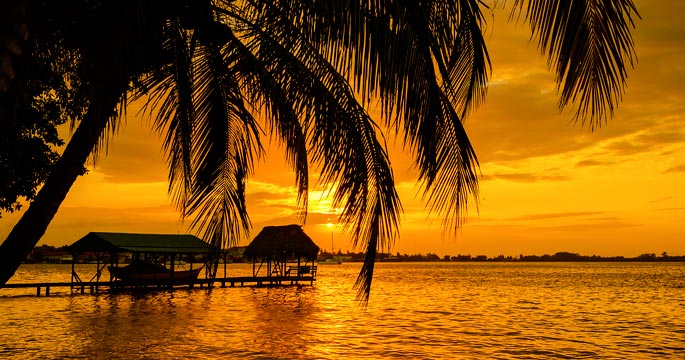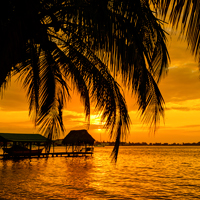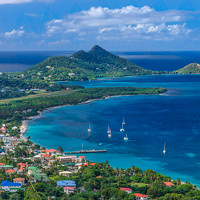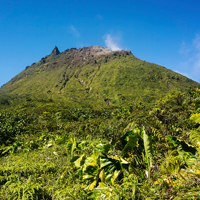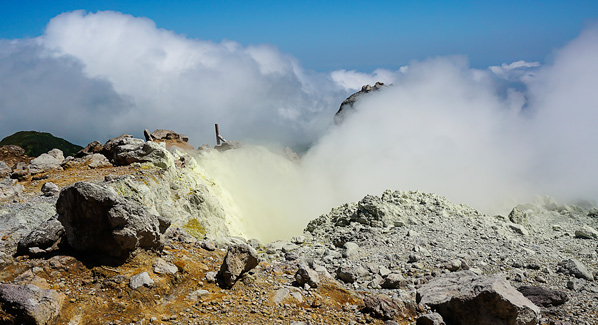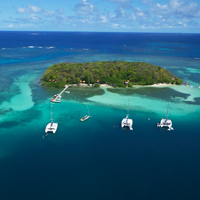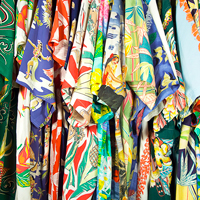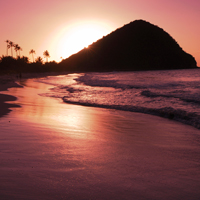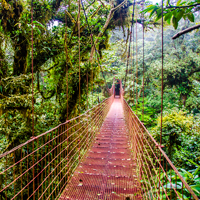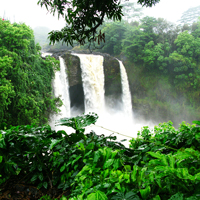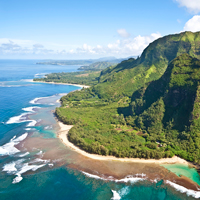Like the islands themselves, the modern-day Hawaiian shirt is the product of a mixing pot of cultures and traditions. The colorful, casual designs of today represent a convergence of influences, with its deepest roots in the colorful patterns of kapa cloth. This traditional Hawaiian fabric was usually dyed in bold geometric patterns, and worn as loincloths known as kapa malo, or sarong-like wraps known as kapa pa’u.
The arrival of European missionaries heralded a new era of conservative western-style dress through much of the 19th century, but dress codes began to relax and expand in the early 20th century, when migrants from the east came to work the sugar plantations and pineapple fields. The Chinese brought brightly colored and loose fitting silk garments, while workers from the Philippines favored the relaxed feel of the untucked and cool-wearing barong tagalog. At around the same time, Japanese immigrants transformed the cooling fabrics and loose fitting style of the kimono into a short-sleeved work shirt that would become known as the palaka. The traditional palaka sported a checkerboard design, but it wasn’t long before the cultural mingling lead to bold new interpretations that also tied into Hawaiian kapa cloth designs.
Most historians give credit to a merchant named Ellery Chun for popularizing the first modern version of what we now call the Hawaiian shirt. In the 1930s, his dry goods store in Honolulu began selling a garment he labeled the Aloha Shirt. It wasn’t long before other tailors began creating their own versions of these loose-fitting, brightly colored shirts. As the first wave of vacationers arrived from the United States, many returned home with bright Hawaiian shirts as reminders of their time in the islands.
Following World War II, the Hawaiian shirt became the unofficial symbol of a new cultural attitude that embraced a more relaxed dress code and lifestyle, and these shirts would eventually become accented business attire. Hollywood popularized the style, and by the 1960s, the Hawaiian shirt had made its way into mainstream American culture. There have been a number of subtle variations in style, materials and colors in the years since, but one thing remains unchanged: put on a Hawaiian shirt, and you are almost guaranteed to take life just a little bit easier.

